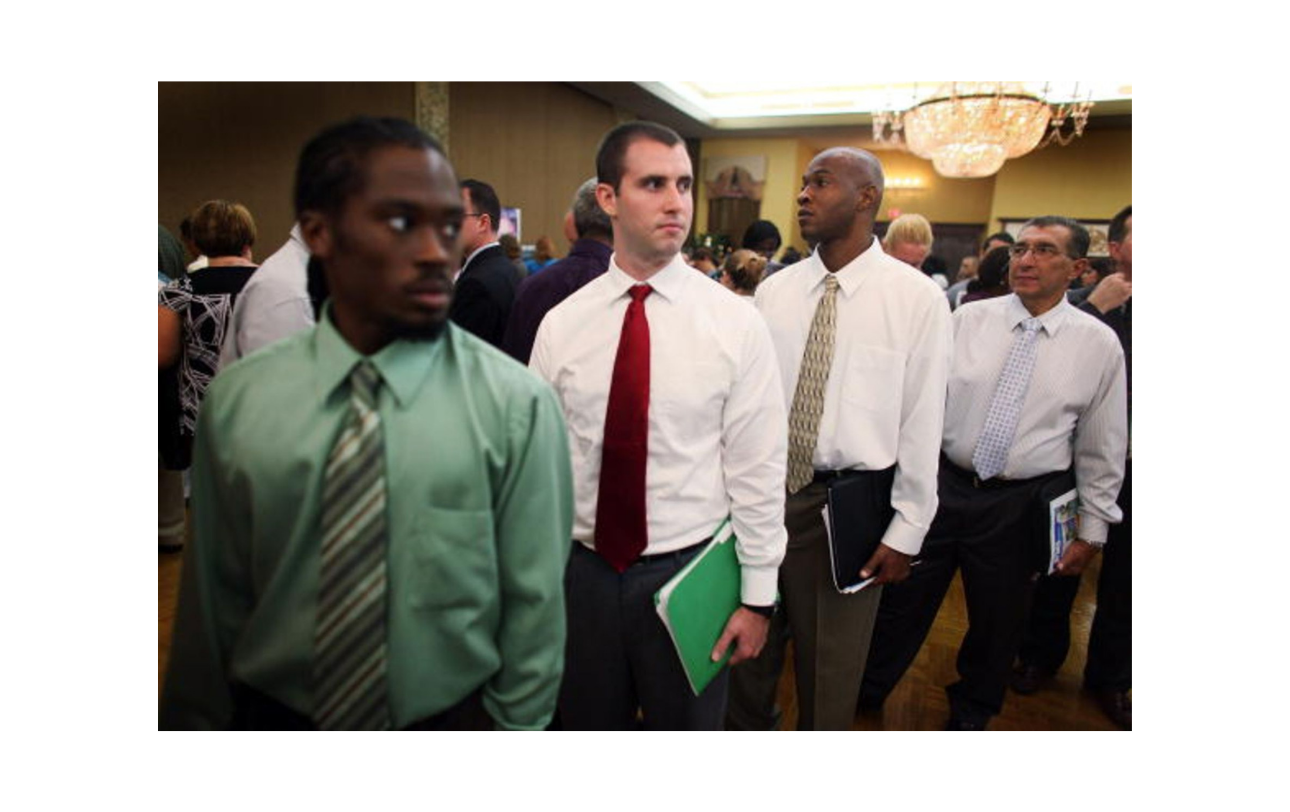Five big banks have announced they will step up efforts to hire and promote a more diverse group of employees. Their intentions are good, but the banks’ various tactics are likely to have divergent outcomes.
Both U.S. Bancorp and JPMorgan Chase & Co. have adopted limited versions of the “Rooney rule,” named after a National Football League mandate that all open coaching positions consider at least one Black candidate. These goals are relatively modest and aren’t likely to have a major impact.
The Rooney rule itself may not have worked all that well. While the NFL has more coaches of color now than it did when the rule was adopted, economists are divided as to whether the rule drove the increase. After 18 years of the Rooney rule, NFL coaching remains predominantly White — even though three-quarters of the players are Black.
Similar efforts have been shown to fail elsewhere. In academia, a large study led by Stefanie K. Johnson at the University of Colorado’s Leeds School of Business found that when the pool of job candidates contained only one woman or person of color, the chances that person would be hired were essentially zero. A lab experiment asking students to evaluate resumes showed similar results.
These studies are part of a larger body of discrimination research that aims to untangle gender and race bias — feelings of animosity toward women and people of color — from cognitive biases that prefer the status quo and punish outliers.
For me, these cognitive biases recall the old Sesame Street segment “One of These Things.” The screen shows three red balloons and a blue one, while a song encourages children to figure out which one of these things “doesn’t belong.” Even as a child, I remember being disturbed by this game. Just because the blue balloon is different doesn’t mean we have to exclude it! But that is what our brains naturally do.
When adults see a resume that’s not like the others, they assume it doesn’t belong. When there is only one candidate who is not White, or not male, people tend to disqualify the outlier.
The solution is to gather a more diverse pool of candidates. Johnson’s research found that when one candidate out of four was a woman or person of color, that person was never hired. But when two candidates were women or people of color, they suddenly made up 50% of hires.











Leave A Comment